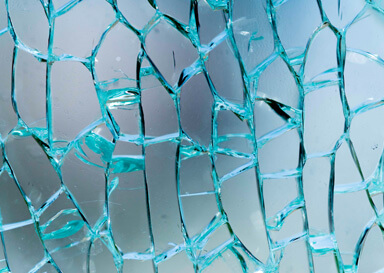Glass working.
Glass toughening.
Increased durability of glass
 Glass toughening is a type of thermal treatment to the glass which greatly increases its usability, but does not influence its appearance.
Glass toughening is a type of thermal treatment to the glass which greatly increases its usability, but does not influence its appearance.
A glass pane is warmed up to a very high temperature (620-680°C) and then rapidly cooled down with forced air drafts. As a result, compressive stresses appear on the glass surface increasing its elasticity and thermal and mechanical durability.
Toughened glass is marked by the abbreviation ESG (from German Einscheiben Sicherheitsglas) which proves that the glass has been toughened. After such a glass pane is broken, it is scattered into small blunt pieces. Owing to this property, toughened glass has very wide applications in architecture, building sector, furniture making and production of machines and other devices.
After toughening the glass cannot be further processed that is cut, polished, etc. It could damage the glass. A glass pane undergoes toughening only when its measurements and final application have been determined.
Applications:
- glazings, doors, partition walls, shower cabins, table tops, shelves
- used in different types of laminates as carports, railings, balustrade fillings, balustrades, cabinets, windows in lifts, floors, roofs, platforms, painted balustrades and balustrades with UV print
- decorative elements and fillings for furniture making and architecture, e.g. crackled glass
- manufacturing of side and back car windows and household goods.
We offer toughened glass made to measure from 4mm to 19mm thick.
